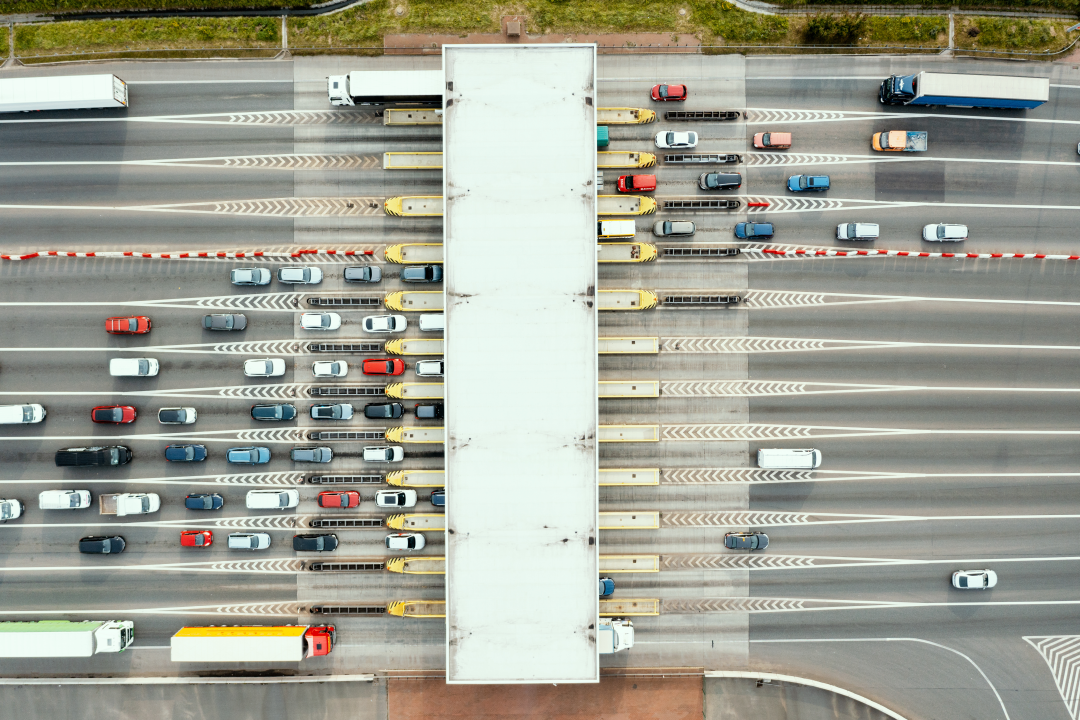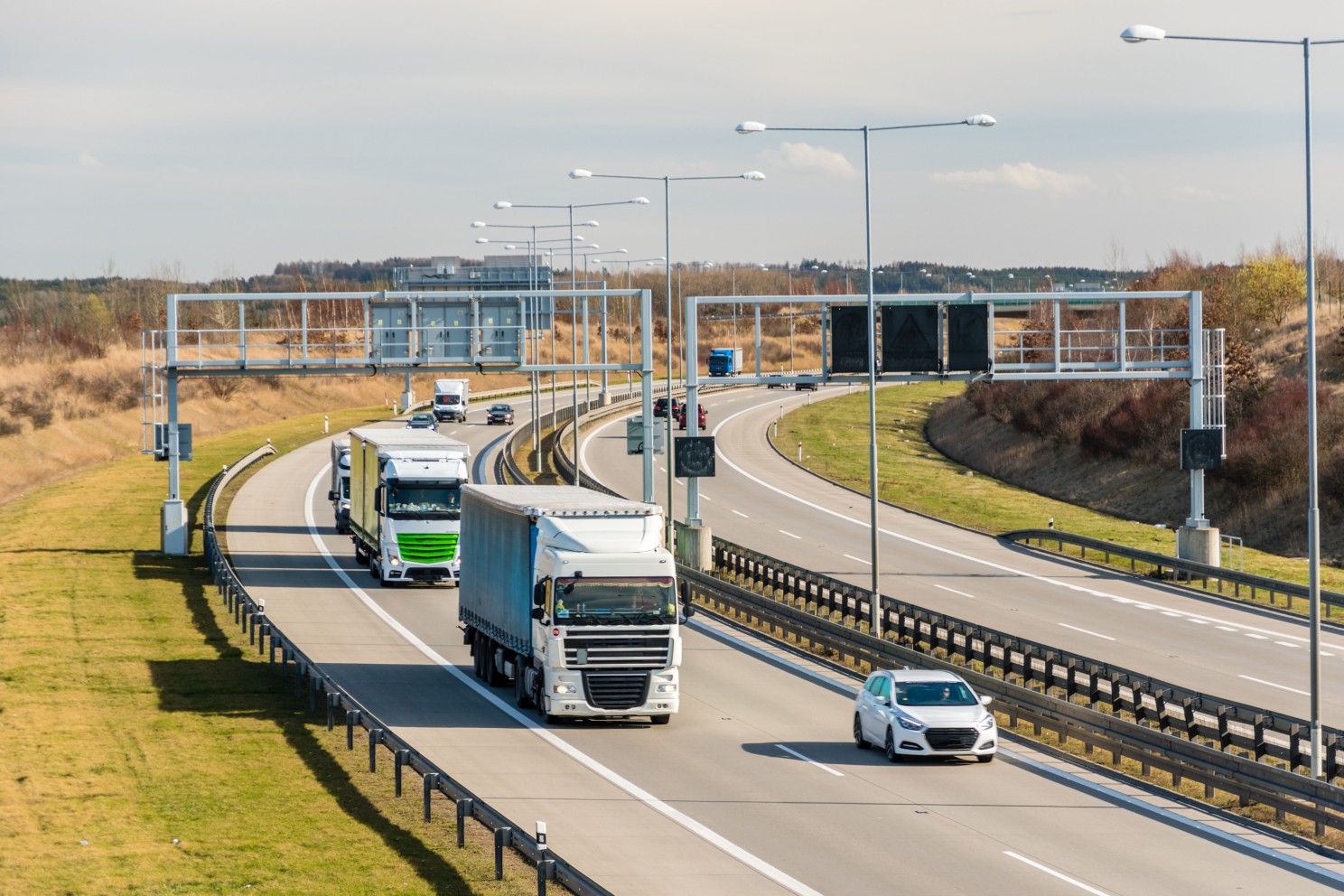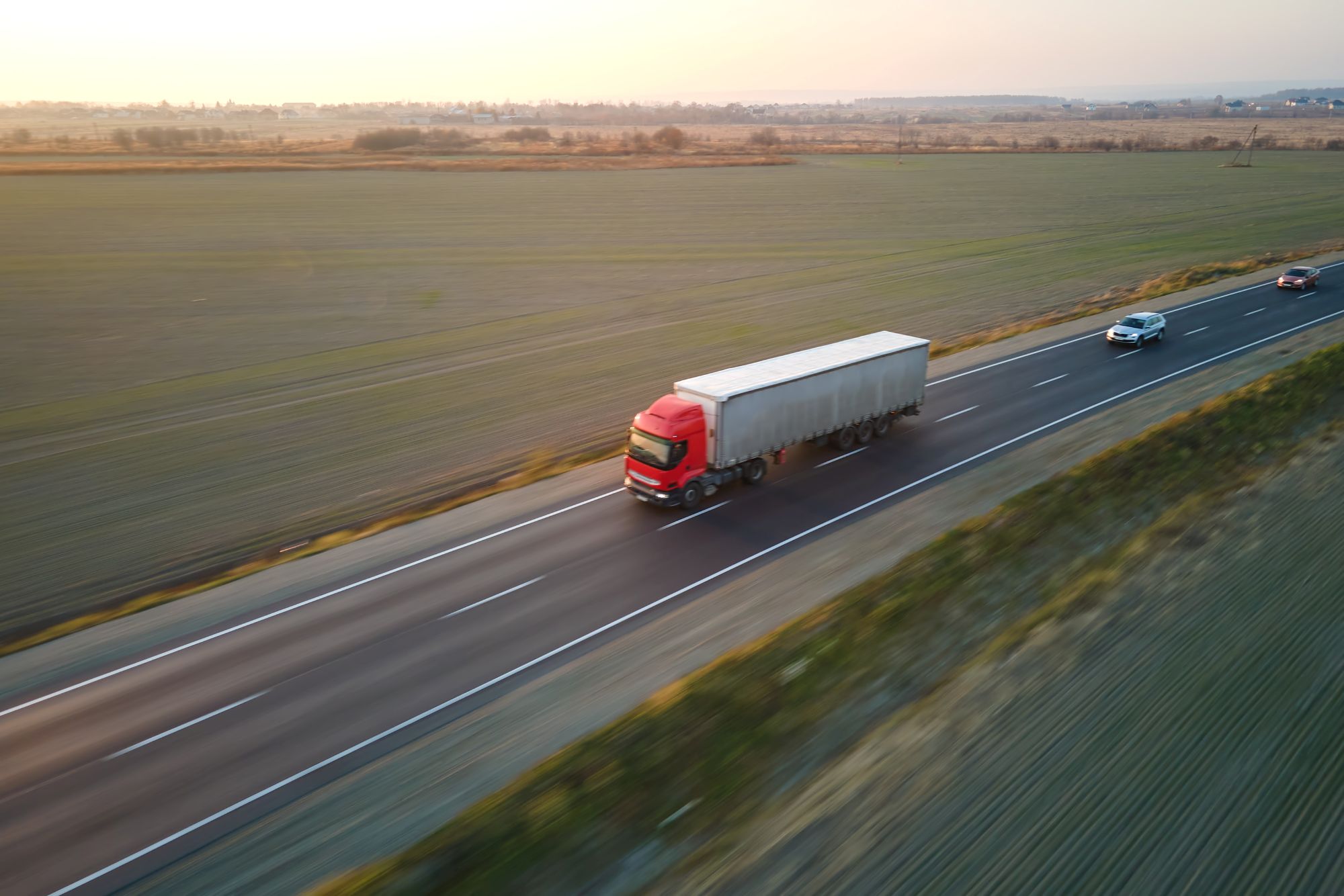
Susie Jones
Az új németországi tehergépkocsi útdíj mértékének megértése
Létrehozva: 12. 08. 2024
•
Frissítve: 12. 08. 2024
A németországi tehergépjárművek útdíjrendszerének folyamatos változásai miatt könnyű elveszni a sok változás és szabályozás között. A helyi tehergépkocsik nagyjából 200 kilométeres útjainak csaknem 83%-a már fizetős utakon történik, ami rávilágít arra, hogy a német útdíj milyen hatással van a flotta kiadásaira.
Az autópályadíjak emelkedésével ezek az új változások súlyosan érintik a flottatársaságokat. A 2023-as és 2024-es autópályadíj-változások a német kormány által támogatott útdíjmódosítási törvénynek köszönhetőek, amely a következőket fogadja el:
Új útdíjtarifák
A CO2-kibocsátási útdíj bevezetése
A földgázüzemű járművek útdíjmentességének megszüntetése
Az útdíj kiterjesztése a 3,5 tonnánál nagyobb megengedett össztömegű járművekre.
2023. január 1., változások
Az útdíj mértéke 2023 elején emelkedett. Három tényező volt a döntő:
Tengelyek száma
Kibocsátási osztály
A járműszerelvény megengedett össztömege.
December 1, 2023 változások
Decemberben új díjszabási kritériumként bevezették a CO2-kibocsátási osztályokat. A CO2-kibocsátás tonnánként 200 eurós pótdíjjal számolva - ezt minden 7,5 tonna megengedett össztömeget meghaladó járműre kivetik. Az egyéni pótdíj összege a jelenlegi autópályadíjon felül a kibocsátási osztálytól függ.
- osztály - a legnagyobb CO2-kibocsátású nehéz tehergépjárművek, ezért a lehető legmagasabb felárat kell fizetni. A [TollCollect] (https://www.toll-collect.de/en/tollcollect/tchomepage.html), amely Németországban a tehergépjárművek útdíját szedi be, minden regisztrált járművet ebbe a kibocsátási osztályba sorol - a flottaüzemeltetőknek kapcsolatba kell lépniük velük, hogy jobb besorolást kérjenek, ha jogosultak rá.
- és 3. osztály - Mindkét osztály a jármű adatainak a TollCollect portálon történő megadásakor kerül kijelölésre.
- osztály - Alacsony károsanyag-kibocsátású tehergépkocsik, például földgázüzemű járművek.
- osztály - Nulla károsanyag-kibocsátású tehergépkocsik.
Január 1., 2024 változások
- január 1-jén megszűnt a földgázüzemű járművek útdíjmentessége.
2024. július 1., változások
Útdíjat kell fizetni minden olyan jármű után, amelynek műszakilag megengedett össztömege meghaladja a 3,5 tonnát. Ez alól az új változás alól néhány kivétel van:
Kibocsátásmentes járművek, amelyek műszakilag megengedett össztömege meghaladja a 4,25 tonnát.
Kibocsátásmentes nehéz haszongépjárművek - Ez a mentesség 2025. december végéig érvényes.
Kereskedelmi vállalkozások által használt járművek - 7,5 tonnánál kisebb össztömegű járművekre alkalmazandó.

Flottája felkészítése a júliusi változásokra
Július 1-je előtt ellenőrizni kell, hogy járművei útdíjkötelesek-e, és ha igen, hogyan kívánja megfizetni az útdíjat.
Ellenőrizze járműveit
Ellenőrizze a jármű forgalmi engedélyének első részét az F1 mezőben. Ha járművének műszakilag megengedett legnagyobb össztömege (TPMLM) meghaladja a 3,5 tonnát, akkor útdíjat kell fizetnie. A pontosan 3,5 tonnás vagy annál kisebb TPMLMM-mel rendelkező nehéz tehergépjárművek nem kötelesek útdíjat fizetni.
Járműkombinációk - ha a vontató jármű megengedett legnagyobb össztömege meghaladja a 3,5 tonnát, akkor Önt útdíjfizetési kötelezettség terheli. A 3,5 tonna feletti megengedett legnagyobb megengedett legnagyobb össztömegű járműszerelvény nem lesz útdíjköteles, ha a vontató jármű megengedett legnagyobb megengedett legnagyobb össztömege 3,5 tonna vagy annál kisebb.
Az útdíjkötelezettségek a közúti árufuvarozásra szánt vagy használt járművekre vonatkoznak.
A kereskedelmi vállalkozások bizonyos feltételek mellett mentesülnek az útdíj alól.
Hogyan kell fizetni az útdíjat
A legkényelmesebb fizetési mód a fedélzeti egységgel (OBU) történő fizetés - amelyet a Toll Collect, az Európai Elektronikus Útdíjszedési Szolgáltató (EETS) vagy értékesítési partnereik biztosítanak.
Az OBU-val történő fizetéshez regisztrálni kell a Toll Collect rendszerben, és időpontot kell egyeztetni a telepítésre - a telepítés után állítsa be a súlyt "<7,5 tonna" értékre. Az OBU-val az automatikus beszedés 2024. július 1-jétől történik az autópályákon és a szövetségi utakon.
Alternatívaként az útdíjat a Toll Collect [weboldalon] (https://www.toll-collect.de/en/tollcollect/tchomepage.html) vagy az [alkalmazáson] (https://apps.apple.com/gb/app/toll-collect-mauteinbuchung/id1321965602) keresztül is befizetheti, mielőtt útnak indulna.
A kereskedelmi célú üzleti járművem mentesül az új német útdíjtarifák alól?
A kézművesek mentességére a következők vonatkoznak:
A járművet csak a kereskedelmi vállalkozás alkalmazottai vezethetik.
A szállított anyagoknak, berendezéseknek vagy gépeknek szükségesnek kell lenniük a kereskedelmi vállalkozás szolgáltatásainak és munkájának elvégzéséhez.
A szállított kézműves termékeket a kereskedő vállalkozásában kell előállítani, feldolgozni vagy javítani.
Kereskedelmi járműveit online regisztrálhatja a [Toll Collect] (https://www.toll-collect.de/en/tollcollect/tchomepage.html) weboldalon. A kereskedelmi vállalkozások a Toll Collect GYIK oldalán további információkat találhatnak a kivételekről.
Vezethetnek-e a teherautók vasárnap Németországban?
A forgalom csökkentése és az utak biztonságának megőrzése érdekében bizonyos időszakokban tilos a kereskedelmi tehergépkocsik közlekedése. A tilalom vasárnaponként érvényes, ami azt jelenti, hogy a 7,5 tonnánál nehezebb teherautóval közlekedő teherautó-vezetők 12 és 22 óra között nem mozoghatnak. Ezenkívül a következő munkaszüneti napokon is tilos a vezetés:
Újév napja - január 1.
Nagypéntek - április 18.
Húsvét hétfő - április 21.
Munka ünnepe - május 1.
Mennybemenetel napja - május 29.
Pünkösd - június 8.
A német egyesülés napja - október 3.
Karácsony és Boxing Day - december 25. és 26.
A fő ünnepek idején, július 1. és augusztus 31. között szombatonként kamionvezetési tilalom van érvényben, ami azt jelenti, hogy a tehergépkocsivezetők reggel 7 és este 8 óra között nem vezethetnek, amikor az utakon nagy a járműforgalom.



